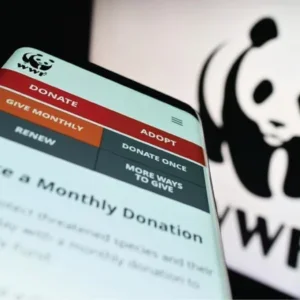After falling off for decades, Türkiye’s animal population is roughly half of what it was 20 years ago. So, it is cause for celebration that sheep numbers increased, albeit marginally, between 2002 and 2003 to 27 million.
What generates ripples in the leather sector is that the first six months of 2004 have seen a 500,000 increase in cattle numbers. There are now 10.9 million cattle in Türkiye. Although beef costs average twice as much compared with other developed countries ($20-$22 per kilo retail), Turks are still meat eaters. Additionally, a national campaign to promote milk drinking is credited with boosting cattle numbers. Outdated laws effectively ban meat imports into Türkiye but, at these high prices, smuggling lower-cost meat in has provoked sharp responses from the Agriculture Ministry.
Even with quantities halved compared with two years ago, Türkiye’s premier doubleface tanners will continue to source highest quality lambskins from abroad. The contracting doubleface sector has caused the rest of the leather industry to alter course.
Anticipating the rise in bovine hides has directly influenced many chemical companies, such as Sarchem and Verbo, to concentrate on automotive and upholstery leathers and to invest in newer technology. It has convinced chemical producer Gemsan to include animal health and hygiene in their industrial line-up.
Cattle
2002 10,548,000 head
2003 10,400,000 head
(Jan-June) 10,900,000 head
Sheep
2002 26,972,000 head
2003 27,000,000 head
Goats
2002 7,020,000 head
2003 7,000,000 head
Source: FAO/USDA, Ankara






